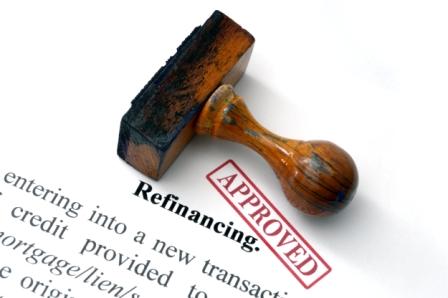It is no fun being a member of the Federal Reserve right now. The economy continues to grow in spite of higher interest rates and inflation has calmed down. But inflation is still being a bit stubborn and it is taking a longer time to reach the Fed’s stated goal of 2.0% inflation rate. Here is the problem — even though costs for food and services have become steadier (note they have not dropped, but have leveled off), shelter costs are contributing enough to price pressures to keep inflation elevated as a whole.

The good news is that we are no longer talking about 9.0% inflation rates—we are more in the 3.0% to 4.0% percent range. However, this is not close enough to the “magic” 2.0% number. Which is where the problem comes in. Higher interest rates caused by the Fed’s medicine to combat inflation are contributing to the higher shelter costs. Logically, if the Fed lowered interest rates, the costs for mortgages would be lower and this would take some pressure off shelter inflation. Higher mortgage rates affect not only those buying homes, but also those who are renting because landlords pass on the higher costs of mortgages to their renters.
Seem simple? Not so fast. If the Fed lowers interest rates too quickly in an era of housing inventory shortages, the price of real estate could start climbing more rapidly. The cost of homes is another important part of the equation and significant increases would theoretically offset the savings of lower interest rates. Thus, the Fed can’t afford to lower interest rates too quickly and the situation becomes a balancing act. Which is why we say that the Fed is between a rock and a hard place. The solution? The Fed needs to start lowering rates, but slowly unless the economy does show signs of slowing and the housing inventory shortage eases.
Source: Origination Pro
